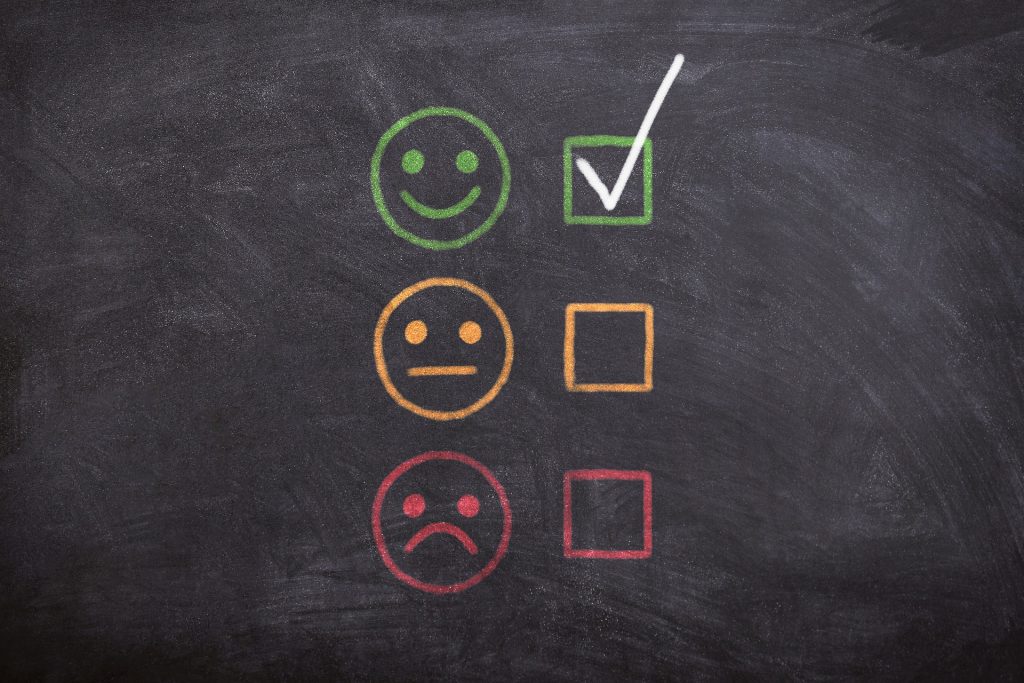
Amongst the many sources of consumer information that have appeared in the last few years, social media is considered to be the top one.
Data and oil share an interesting parallel – in the sense that both represent valuable resources that need to be ‘mined.’ Social media data represents a large proportion of the resource that is known as ‘big data.’
According to research, 3.48 billion people now use social media – a 9% upward growth from 2018. Similarly, it’s been estimated that internet users have about 7.6 social media accounts, partially due to the overwhelming majority (88%) of young adults that use social media.
While 90% of brands do realize the importance of social media marketing, a majority of marketers have trouble measuring the effectiveness of social media as a marketing channel.
So, how do you bridge the gap between consumer expectation and social media content? Is there a way to measure the ROI of social media marketing?
A content gap analysis can provide the answers you’re looking for.
What Is A Content Gap On Social Media?
Going by definition, a content gap analysis is a comparison that analyzes the current content offered, as opposed to the content that is desired (and required) by the audience.
Practically, a content gap analysis is the entire process of mapping out questions, concerns, and objectives of your target audience throughout their purchase journey. This information, or expectations by users, is then analyzed against what your brand has to offer.
This goes way beyond SEO rankings; when it comes to social media, content gap analysis accounts for engagement, responses and consumer satisfaction as a whole – and how these metrics affect your brand’s ability to extract the desired action through your social media marketing efforts.
5 Ways To Identify Content Gaps On Your Social Media
Identifying where the content barriers lie across your social media marketing channels can be a challenging task. It requires moving beyond superficial summary data to derive strong and actionable insights from your customers.
An objective approach to the problem is important for understanding where the divide between your social media content and consumer expectations lie.
Here are 5 actionable tips on how you can identify content gaps in your social media efforts:
Analyze Your Content Performance
The first step between bridging the gap between your content and consumer expectations involves determining the performance of your current social media content.
The dynamic nature of social media means that ascertaining performance is not a black and white matter – it involves dealing within the grey area.
However, by pinning down important metrics that gauge performance, you can determine whether your content actually appeals to your target audience.
Here are some of performance metrics that can be used to ascertain your social media content performance:
- The level of the reach afforded by your social media accounts.
With tools such as BrandWatch, marketers can find online conversations around their brand, divide them into specific categories, and then analyze them to derive important insights into consumer behavior.
- The level of engagement derived by your social media posts.
There are several tools to measure engagement, such as Keyhole. It affords you insights into the number of posts and engagements that specific hashtags or your competitor’s accounts are getting.
- Analyze your website – specifically filtered to social media conversion.
Tools such as Website Grader allow you to segment conversions on your website solely derived from social media.
Review Your Competitor Content
One of the best ways to gauge your performance is by comparing it to your competitor’s. Not only does this allow you to broaden your perspective to something other than your content, but it can also provide some ideas for new content or campaigns.
There are a few questions worth considering in this regard:
- How does the general engagement measure up for your competitors, as opposed to yours?
- What content topics do you have in common with your competitors – what is their performance in comparison?
- If your competitors are able to market more effectively, what does their content possess that yours does not include?
There a lot of tools designed to keep an eye on your competitor’s social media content offering. BuzzSumo, for example, helps you analyze what content is gaining mass traction on social media. It provides important engagement metrics so you know what is trending – and why.
Survey Your Audience
Sometimes, it makes sense to ask your target audience and customers to pick apart your mistakes, and social media gaffes that you’ve committed.
As the most valuable resource of your business, customer feedback affords unique insights into how your social media content comes across to consumers.
Although the creation of sophisticated buyer personas, analyzing trends and monitoring competitor performance does lend you an insight into the mind of the customer – sometimes it’s more convenient to ask for feedback up front.
Surveys, questionnaires, and polls are some of the most popular methods of gathering consumer feedback on social media platforms. These can be used for different purposes to ensure a second-check on any strategy that you are unsure about.
You can even differentiate on the basis of their stage in the sales funnel – for instance:
- For prospective consumers, you can ask them questions like: What topics are you interested in? What do you feel is missing from our offering? What do you feel are your ‘pain points?’
- For current customers: What propelled you to purchase our product? What did you find more appealing in our content? What do you think needs more work?
This feedback can be included in your content strategy to ensure that you don’t miss the mark with your next post.
Engage In Community Discussion
Consumers express themselves freely in discussion forums or blogs that address consumer concerns. From social media pages, independent review sites to dedicated blogs – there is plenty of chatter for your brand to pick up.
Finding such communities is imperative for you to keep tabs on what the general consensus is regarding your social content – and also how well your social content matches up to your consumer’s expectations.
Monitoring such communities and forums can give you an idea of where the content gap exists. Additionally, identifying such communities gives you more insights into how your consumers think, and what are their pain points – providing ample data to perfect your buyer persona.
Attend To The Comment Section

While brands continue to emphasize social media platforms and leverage its ability to qualify and capture leads, one aspect of social media marketing is always overlooked: its ability to keep customers engaged with your brand, thereby reducing churn.
With the average person spending an excess of 2 hours online, brand engagement is at an all-time high. This means a powerful resource for gauging consumer expectations, and feedback is right beneath your social media posts!
The comment section, although mostly generic, can prove to be a cost-effective way to understand what your target audience wants out of your content.
Repetitive patterns, such as questions and confusion, can be properly attended to in subsequent posts – bridging the gap between consumer expectations, and your brand’s social media content.
As social media continues to rise as a prominent marketing channel, there is a growing need for brands to produce content on par with consumer expectations.
You can use these tips to identify the content gaps that exist within your social media content – and eliminate them to write better content that converts.
—
Josip Mlinarić

Josip Mlinaric is e-mail marketing and outreach specialist at Point Visible, a marketing agency providing custom outreach and link building service. He likes to say he has a simple and calm mindset in his approach towards life in general and likes to relax with experimenting in the kitchen or just chilling listening to music.



